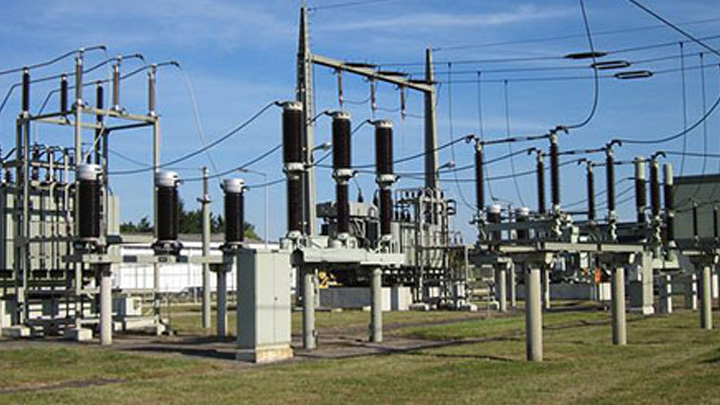
Protection and Fault Information Management System (PFIS) collects all fault detail information automatically and systematically, creates fault report and provides operating advice of restoration operation. Meanwhile, The PFIS manages the setting, configuration and operation of the protection devices and disturbance recorders. In Southeast Asia, Protection and Fault Information Management System is widely applied in the voltage level of 230kV and above.
SIFANG’s PFIS comprises two parts:
1) Master station in dispatching center
? On-line fault analysis associating power system fault and running status monitoring of IED
? Generate the fault report and IED tripping report automatically
? Analyze disturbance recording files
2) Slave station in substation
? Collect information of events (alarm, signal, trip, communication status), protection settings, disturbance record and historic data, etc.
? Manage the disturbance data and extract the brief disturbance information from the disturbance file
In a few minutes, all disturbance data of the whole power network can be collected to control center.
In a few minutes, the fault report and protection relay action report can be generated for operator to make decision of system recovery in short time.
Shorten power grid restoration time
Monitor the status of protection relays and disturbance recorders in real-time
Remote manage the reports, disturbance recording files, setting, setting group and configuration of protection relays and disturbance recorders efficiently. (Depend on users policy)
Provide “One-click” substation configuration tool with which slave station can integrate graphics and model according to SVG graphic standard and IEC 61970 CIM standard.
Without hard disk and cooling fan, rugged slave station design for harsh environments with embedded hardware platform lowers power consumption.
Support standard protocols (IEC 61850, IEC 60870-5-103, Modbus, DNP, etc.) and private protocols (SPA of ABB, COURIER of Alstom, GE-MODEM of GE, etc.)
Support multiple architectures in master station which are adaptable with multiple OSs, such as UNIX, Linux, Windows, etc.
